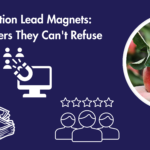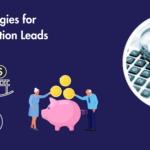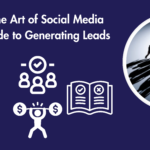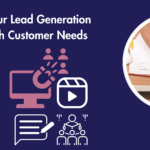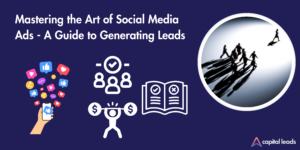What is Lead Response Time?
Lead response time measures how quickly a company gets back to a potential customer after they’ve reached out. It’s the gap between someone asking about your product or service and your business saying, “Hey, we’re here, and we’d love to chat!”
This metric is a big deal for any company that wants to make the most of their sales strategy and turn more inquiries into sales.
But why is it such a big deal? Well, if you take too long to respond, people lose interest. They’re off finding someone else who can help them faster. Speed matters here—a lot. Studies have found that if you wait just five minutes longer than you should, your chances of actually talking to that lead drop big time.
Basically, to be on top of your game and beat the competition, your response time has to be quick. Really quick. This way, you can grab those leads and have a better shot at making them your customers.
What is an Ideal Lead Response Time?
An ideal lead response time is like striking the iron while it’s hot. It’s responding to a potential customer almost as soon as they’ve shown interest. Imagine someone’s just knocked on your door – you wouldn’t wait hours to open it, right? It’s the same with leads.
So, what’s the magic number? Ideally, you want to hit the 5-minute mark. Yes, just five minutes! Research has shown that if you respond within 5 minutes of a lead reaching out, your chances of actually having a conversation with them are way higher compared to if you waited 30 minutes or more.
But let’s keep it real. Not every business can have someone ready to respond in a flash all the time. Still, aiming to get back to leads within an hour can still put you ahead of many competitors. The key is to be as quick as you can.
The faster you respond, the fresher your business is in the lead’s mind, and the more likely they are to think, “Hey, these guys are on the ball! I want to do business with them.”
Remember, ‘ideal’ is what’s best for snagging that lead’s attention and keeping it. Quick responses show you’re attentive and eager to help, which can make a world of difference in winning over a new customer.
What is The Impact of Lead Response Time on Conversion Rates?

The impact of lead response time on conversion rates is a textbook example of ‘time is money.’ The faster you respond to a potential customer, the higher your chances of converting them from an interested lead into a paying customer.
It’s a direct relationship; as response time goes up, conversion rates tend to go down.
Here’s why:
Immediate Response Sets the Tone
When a lead reaches out and receives a quick reply, it sets a positive tone for the interaction. It tells the lead that their business is valued and that you’re on the ball.
This immediate engagement can be critical in a world where attention spans are short, and competition is just a click away. Leads are often exploring options, and a prompt response can stop them from moving on to your competitors.
First-Mover Advantage
By responding rapidly, you can often be the first to engage a lead, giving you what’s known as the first-mover advantage. In the lead’s mind, you’re the front-runner because you were the first to address their needs.
This can be particularly impactful in industries where multiple companies offer similar services or products. Being first can make your business stand out in a crowded market.
Builds Trust and Reliability
Speedy responses not only show that you’re efficient but also that you’re reliable. This can significantly boost the lead’s trust in your company.
A potential customer is more likely to do business with a company that demonstrates it can handle their inquiries promptly. This level of trust is a key component in a customer’s decision-making process.
Increases Engagement
The quicker you respond, the more likely a lead is to engage in a conversation. The more you engage with a lead, the more you can understand their needs and tailor your services or products to meet those needs.
This personalised interaction can increase the likelihood of a sale because the lead feels heard and understood.
Capitalises on Peak Interest
Lead response time is critical because interest levels are at their highest right after a lead initiates contact. If you respond when a lead’s interest is peaking, you’re more likely to keep their attention and move them through the sales funnel.
Waiting too long allows that interest to wane, and a once eager lead might no longer see the urgency or relevance in your offering.
How to Calculate Lead Response Time?
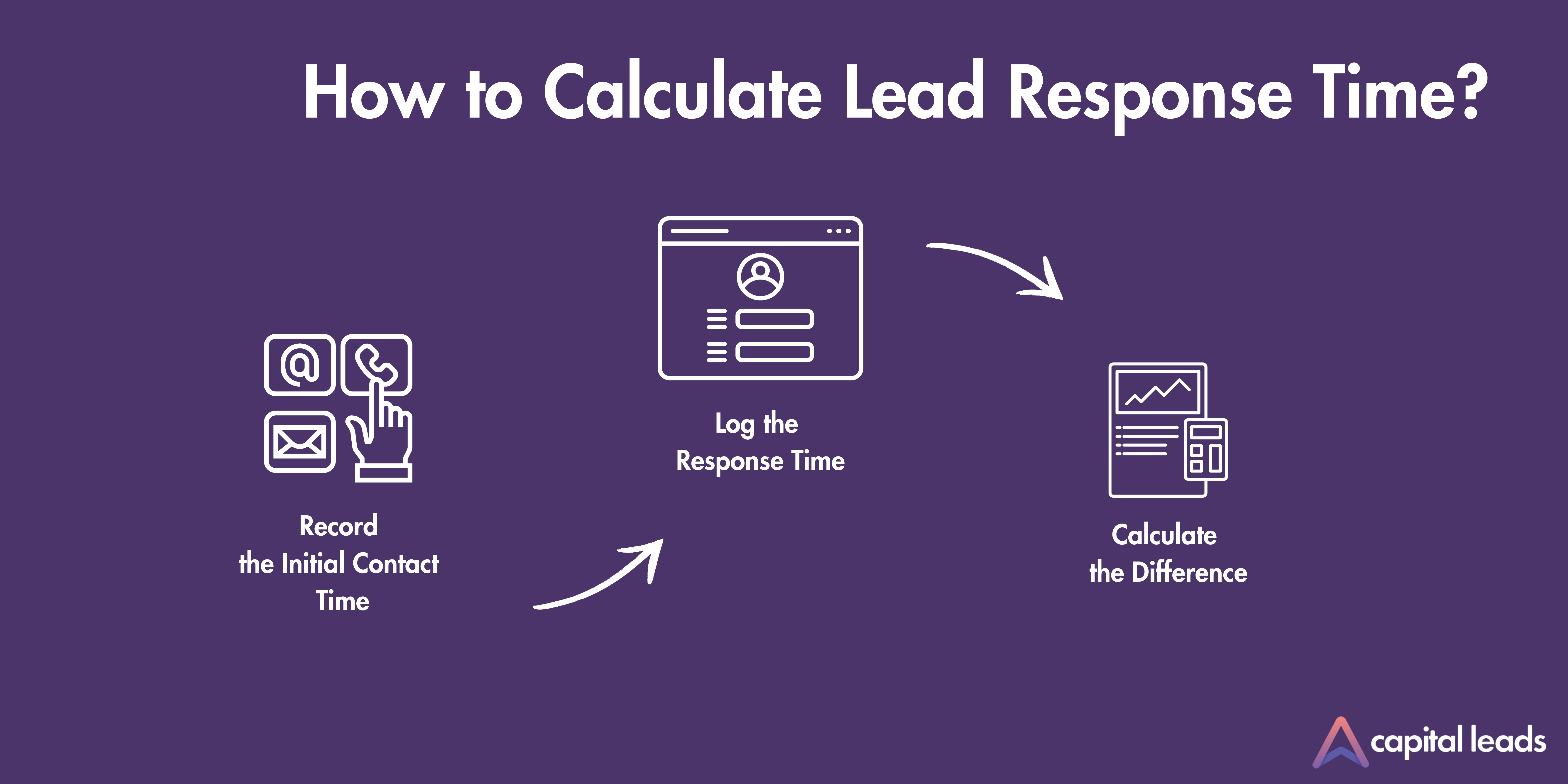
Calculating lead response time is a piece of cake. You just keep track of two things: when a lead first gets in touch and when your team gets back to them.
Here’s the step-by-step on how to figure it out:
Record the Initial Contact Time
Note down the exact time a lead sends an email, fills out a contact form, makes a phone call, or reaches out via social media expressing interest.
Log the Response Time
As soon as you or someone on your team responds, jot down that time too.
Calculate the Difference
Subtract the time of the initial contact from the time you responded. This gives you the response time.
Let’s say a lead sends you an email at 2:00 PM. Your sales rep emails them back at 2:15 PM. Your lead response time? 15 minutes.
If you want to get extra, you can track this over a day, a week, or even a month, and then average out all your response times to get a good picture of how quickly your team typically responds to leads.
Why do this? Because what gets measured gets managed. By keeping an eye on your lead response times, you can make sure you’re hitting that sweet spot that keeps potential customers interested and improves your chances of making a sale.
Important Lead Response Time Statistics to Consider
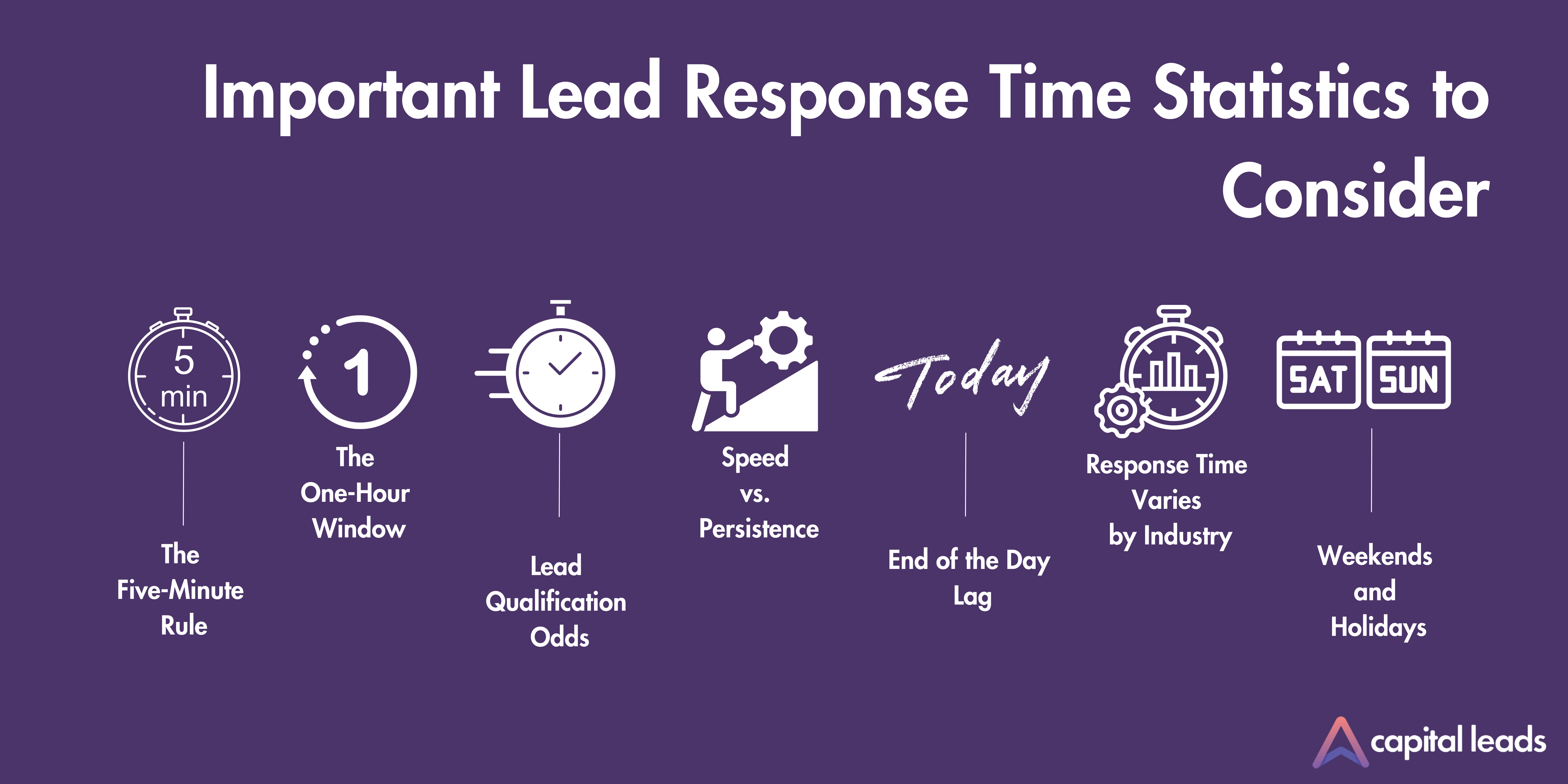
Let’s dive into some nifty statistics about lead response times that you’ll want to tuck into your back pocket. These numbers tell a compelling story about why speed is key in following up with leads.
The Five-Minute Rule
Studies have consistently shown that if you respond to a lead within 5 minutes, you’re 100 times more likely to connect with them than if you wait just 30 minutes.
The One-Hour Window
Your chances of connecting with a lead decrease by over 10 times if you wait longer than an hour to follow up.
Lead Qualification Odds
The odds of qualifying a lead drop dramatically after the first 5 minutes – you’re 21 times less likely to qualify them after 30 minutes compared to responding within that golden 5-minute window.
Speed vs. Persistence
Only 7% of companies respond to leads in the first 5 minutes, but don’t think one quick response is enough. It often takes multiple follow-ups to qualify a lead, and most sales happen only after several touchpoints.
End of the Day Lag
Response times are often slowest at the end of the day. Being responsive when others aren’t could give you a competitive edge.
Response Time Varies by Industry
The average response time can vary greatly depending on the industry, with some taking over 42 hours to respond. Knowing where your industry stands can help you benchmark your performance.
Weekends and Holidays
Leads that come in during weekends or holidays often wait longer for a response. If you can respond when others are slow, you might catch leads that would otherwise slip through the cracks.
These statistics underscore the simple truth that the race doesn’t always go to the swift, but it’s definitely won by the responsive. Keeping your lead response time low not only puts you ahead of the competition, it shows potential customers that you value their interest and are eager to help.
So, make sure you’ve got your stopwatch ready, and aim to be as quick as possible in responding to those leads!
Tips to Improve Lead Response Time

Set Benchmarks
This is about knowing your current average lead response time and setting a goal to beat it. Say you’re averaging 30 minutes; you might set a new target of 15 minutes. Tracking your progress will help you stay focused on improving.
Get Automation Tools
Automation is like having a helpful robot on your team. It can instantly send emails or messages to acknowledge a lead. This keeps them engaged while you prepare a more detailed, personal follow-up.
Distribute Leads Properly
Make sure leads are sent to the right person or team right away. You can automate this process based on the lead’s location, the product they’re interested in, or any other criteria that match your sales team’s strengths.
Set Up Notifications
Use software that sends immediate alerts to your team when a new lead comes in. It’s like a buzzer that tells your team to swing into action, ensuring leads don’t sit unnoticed.
Assign Ownership
Each lead should have someone responsible for it, like a personal guide. When a team member knows they’re in charge of a lead, there’s less chance it’ll fall through the cracks.
Optimise for Mobile
With a mobile-optimised system, your team can respond to leads from anywhere. It means not being chained to a desk and still keeping up with the pace of new leads.
Offer Live Sales Support
Live chat or virtual assistants can engage leads in real-time. It’s like having a front desk that’s always manned, ready to chat with visitors the moment they walk through the door—virtually, of course.
Use More Than One Communication Channel
Some folks like email; others prefer a phone call or a text. Using various channels means you can reach out in the way a lead prefers, increasing the chance they’ll respond.
Empower Your Sales Reps
Give your sales team the tools, information, and authority they need to respond quickly. If they don’t have to run up the ladder for approvals, they can act fast and keep the lead hot.
Build a Collaborative Environment
Encourage your team to work together in responding to leads. When one person is busy, another can step in. It’s all about teamwork, ensuring no lead is left behind just because someone’s schedule is full.
Conclusion
It’s crystal clear that lead response time isn’t just a metric to be aware of—it’s a pivotal factor in your conversion success. Delayed responses are conversion opportunities slipping through your fingers.
With Capital Leads, you’re choosing a partner who appreciates the urgency of now and knows how to harness it for maximum conversion impact. We don’t just generate leads; we craft opportunities for immediate connection, fostering the kind of rapid engagement that leads to growth.
Don’t let your competitors beat you to the punch. Connect with Capital Leads, where every second counts and every lead is a priority.
Take action today. Visit Capital Leads for strategies that put you ahead, or jump straight into the fast lane by signing up at Capital Leads – Get Started. It’s time to turn leads into revenue, faster than ever.

